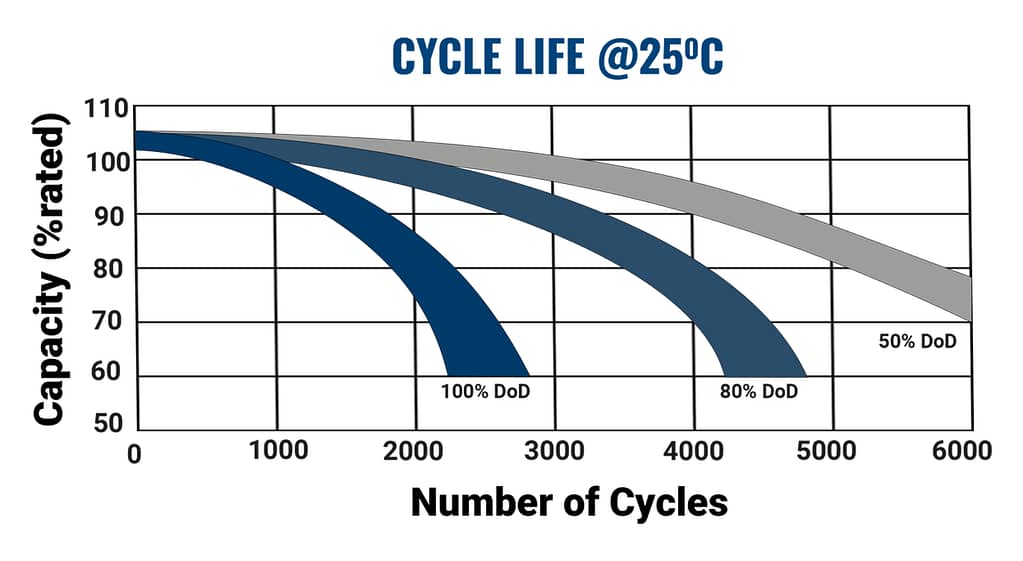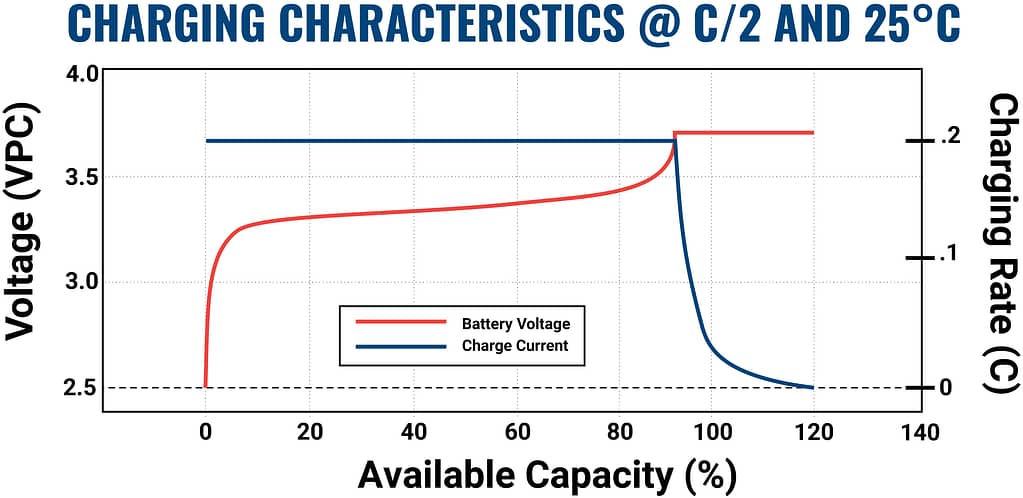This post was originally published on Power Sonic
Navigating the intricacies of energy storage technologies is becoming increasingly crucial amidst rising concerns about lithium-ion batteries causing explosions. It’s important to distinguish between lithium iron phosphate (LiFePO4) and lithium-ion batteries, as they serve similar purposes, yet exhibit distinctive safety differences. This awareness is essential for acknowledging that lithium batteries can, indeed, be both safe and reliable, especially when opting for enhanced safety with Power Sonic’s LiFePO4 technology.
UNDERSTANDING SAFETY BASICS
Concerns regarding lithium batteries often arise due to the phenomenon of thermal runaway. This occurs when the battery’s temperature undergoes an uncontrollable surge, setting off a chain reaction of heightened heat generation and increased gas production. This sequence of events has the potential to lead to a fire or explosion.
The association between lithium-ion batteries and the risk of catching fire is primarily linked to their utilization of volatile electrolytes and the potential for thermal runaway. Several factors contribute to this risk, including overcharging, physical damage, manufacturing defects, exposure to high temperatures, and internal faults caused by misuse or abuse within the battery.
In response to these concerns, LiFePO4 batteries were specifically engineered to reduce the risks associated with lithium thermal runaway, positioning it as the safest lithium chemistry available in the market. At Power Sonic, our commitment to safety and reliability is unwavering, evident in our exclusive use of LiFePO4 technology across our lithium product lines.
LIFEPO4 SAFETY
LiFePO4 serves as a beacon of safety by employing a more stable cathode material (iron phosphate) and boasting a distinct stable chemical composition. The choice of cathode material, overall cell design, and chemical composition play pivotal roles in determining safety characteristics.

While LiFePO4 batteries technically have the capability to thermally run away, due to the differences in chemistry, such incidents are exceedingly rare, particularly when handled with proper maintenance and usage practices. Adherence to recommended guidelines for charging, discharging, and storage, along with the implementation of appropriate safety measures, minimizes the risk of a thermal event associated with LiFePO4 batteries to near zero.
Users prioritizing responsible usage and following manufacturer recommendations can confidently rely on the engineered safety features of LiFePO4 batteries, ensuring that concerns about fires remain negligible. More importantly, if a thermal event does occur, the reaction is extremely mild and never reaches high temperatures. For more information on proper lithium care, explore our blog here.
Power Sonic goes the extra mile to enhance safety by encasing LiFePO4 batteries in a specialized plastic material capable of withstanding high temperatures and containing most thermal events.
BENEFITS OF LiFePO4 BATTERIES
LiFePO4 batteries not only excel in safety compared to lithium-ion counterparts but also offer numerous additional benefits:
Extended Cycle Life
LiFePO4 batteries boast a prolonged cycle life, maintaining peak performance over an extended number of charge and discharge cycles. This longevity not only ensures reliability but also contributes to sustainability by minimizing the frequency of replacements. LiFePO4 exceeds lead acid cycle life by over 10x and can exceed most other lithium chemistries by 3x or more.

Charging Characteristics
LiFePO4 batteries display a flatter voltage profile during charging, facilitating more manageable and predictable charging cycles. lithium-ion batteries present a steeper voltage profile requiring more absorption time and close monitoring. To learn more about LiFePO4 charging, check out our blog “How to Charge Lithium Iron Phosphate Batteries”.

Cost
While LiFePO4 batteries may incur higher initial costs than lead acid, they are much less expensive than other lithium chemistries. Their extended cycle life and enhanced safety features can render them far more economical in the long run.
Applications in High-Power Devices
LiFePO4 batteries are well-suited for high-power applications, such as electric vehicles and power tools, where their stable performance and safety features are particularly advantageous.
Environmentally Friendly
The materials used in LiFePO4 batteries are considered more environmentally friendly compared to some other lithium-ion chemistries, contributing to a greener and more sustainable energy storage solution. Additionally, all components of the LiFePO4 chemistry are ethically sourced.
Through LiFePO4 technology, individuals and industries alike can embrace the advantages of lithium, without compromising safety. In navigating the lithium landscape, the fear often associated with lithium dissipates, making room for a future where cutting-edge technology aligns seamlessly with peace of mind. Unleash the power of LiFePO4 batteries with Power Sonic’s lithium line, offering a safe solution to demanding applications that require a lighter weight, longer life, and higher capacity.





0 Comments